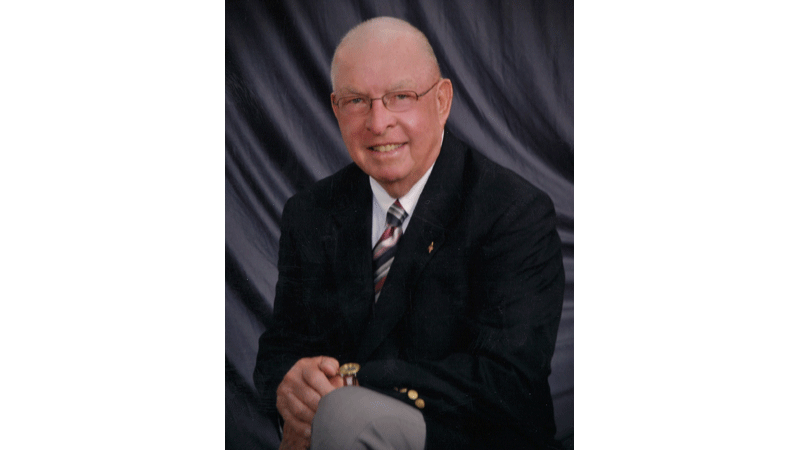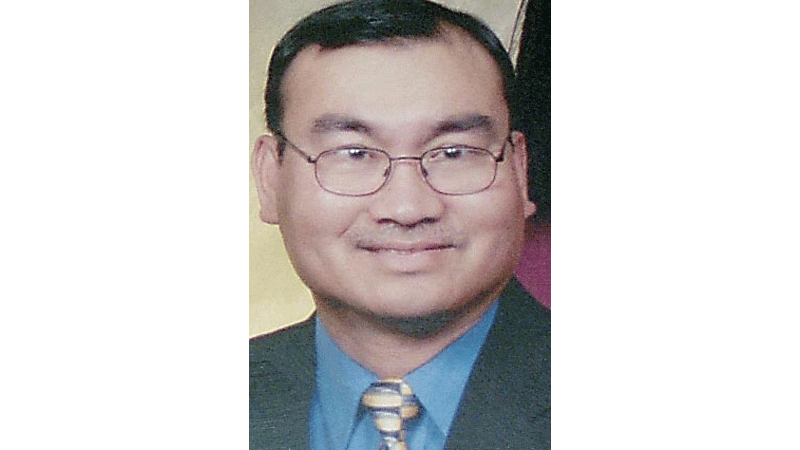A new Virginia tradition
Published 11:07 am Friday, January 17, 2014
by David M. Foster
Can you name one thing on which Governors George Allen, Jim Gilmore, Mark Warner, Tim Kaine and Bob McDonnell agreed? Here’s one: the importance of Virginia’s Standards of Learning.
The Standards of Learning, or proverbial “SOLs,” became the basis of our public school accountability system under Allen in the 1990’s. They have been maintained and strengthened under every governor since then. The SOL program establishes the minimum curriculum to be taught in our schools and requires annual testing in the core subjects to ensure it is being taught. Through a broad-based public process, the Virginia Board of Education regularly updates the SOLs to make certain that the content is rich and rigorous and that the tests evaluate knowledge of the subject matter, problem-solving skills and critical-thinking ability.
As I reflect on my four years on the Board of Education and my term as its president, the progress demonstrated by Virginia’s public school students under the SOL system stands out as a highlight. To be sure, I am proud to have been part of a board that — working closely with the Virginia Department of Education, Governor McDonnell’s office and other partners in education — made advances in many important areas, including teacher training and evaluation, charter school reviews, STEM academies and online-learning opportunities.
I am also grateful that we made progress on three priorities that I identified when I became board president. We obtained a waiver from the worst provisions of the federal No Child Left Behind Act. We promulgated regulations that require local school boards to ensure the accuracy of any textbooks they purchase that are not on the state-approved list. And we asked the General Assembly for funding to obtain (as do some other states) our students’ scores on international tests so that we can benchmark Virginia’s schools against school systems around the world – our real competition in today’s global economy.
These and other recent advances, however, fit within a much larger picture, one painted by proponents of SOL-based reform that have spanned two decades of governors, General Assemblies, state boards and state superintendents. That constancy is no small feat in the education world, which too often staggers from one fad to the next in response to the latest political winds. (Remember “new math” and “open classrooms?”) Instead, the Old Dominion has made a long-term, bipartisan commitment to a SOL system based on college- and career-ready standards, high expectations for all students and rigorous accountability for every school’s performance.
The results have been impressive. Since the inception of SOL-based reform 20 years ago, the performance of Virginia students on the National Assessment of Educational Progress (NAEP) — often dubbed “the nation’s report card” — has improved markedly in math, reading and science, exceeding national results in each category. SAT scores and ACT scores of our high school seniors have likewise risen since 2007, in both reading and math, even as scores fell nationally. Advanced Placement (AP) scores and participation have also improved, and the on-time graduation rate has risen to just under 90 percent (nearly a double-digit jump since 2008). In 2013, Education Week ranked the commonwealth’s public school system as the fourth best in the nation.
Of equal importance, Virginia’s educators and students are achieving these gains through creative, energetic instruction. I know this to be true, not just as a parent, but as an observer. Over the course of the last year, I conducted the President’s Listening Tour of the state, inviting educators, parents, business people, taxpayers and anyone else interested in our schools to share their thoughts with my board colleagues and me. The tour gave us a chance to see our classrooms in action in every corner of the commonwealth. Again and again, we saw dedicated and enthusiastic teachers engaging their students through collaborative, problem-solving team activities as well as tailored individual instruction. If mastery of the SOL curriculum is happening through “rote memorization,” no one told these teachers and students.
Of course, none of this has come easily. The more challenging SOL tests implemented in recent years caused initial drops in scores at many schools (though the scores are rebounding as educators, parents, and students adapt). Schools often struggle to meet today’s higher expectations with resources constrained by the recession. In our increasingly diverse classrooms, stubborn gaps remain between the achievement levels of students from different races, income levels, and English language proficiencies. And a small number of schools continually fail to meet SOL benchmarks.
Despite these challenges, the trends are undeniable and encouraging. The steady improvements in test scores, graduation rates and other indicators are the fruits of a uniquely bipartisan, long-term commitment in Virginia to standards-based rigor and accountability in public schools. To adapt Robert Frost’s metaphor: We have taken the road less traveled — and more difficult — but if we have the fortitude to continue, it will make all the difference for Virginia’s students.
DAVID M. FOSTER of Arlington is president of the Virginia Board of Education. His four-year term on the board ends this month.





